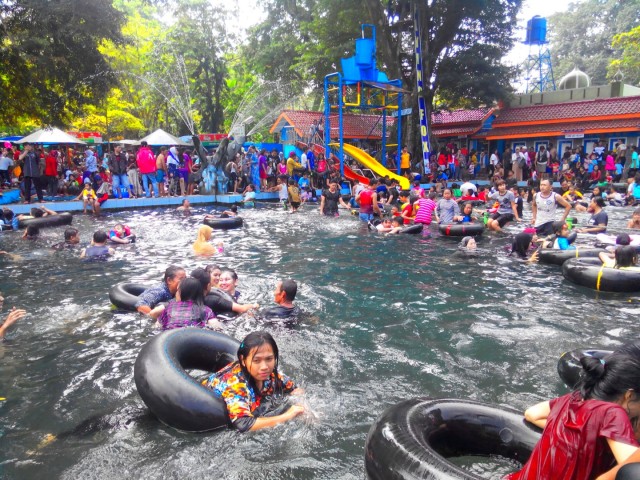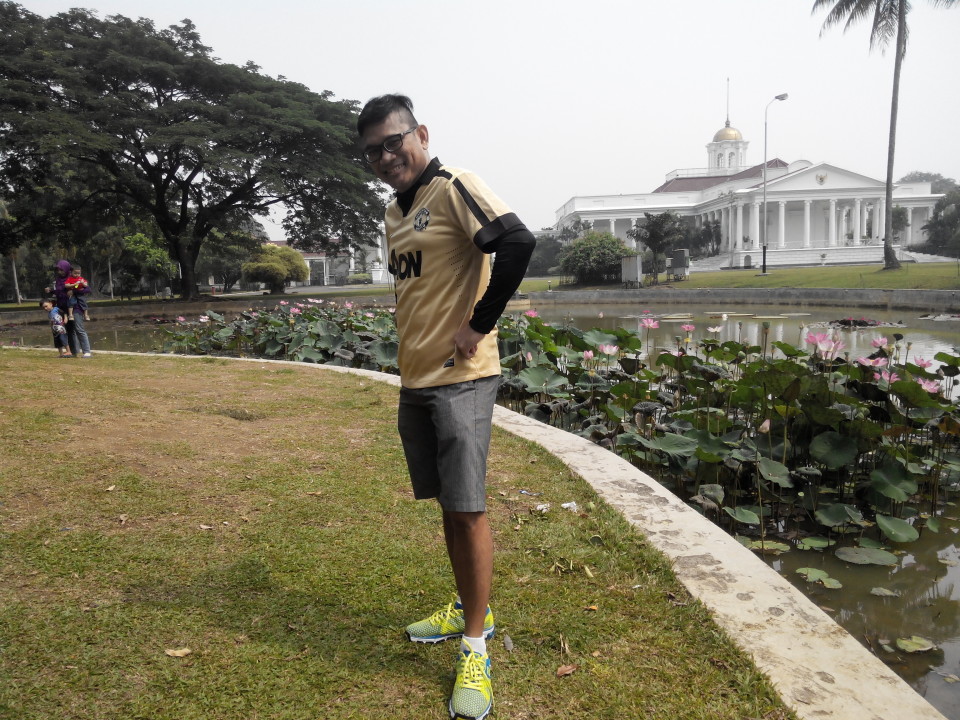Cibulan and its Carrying Capacity
Saveriades (2000) confirms, there is still neither a generally accepted definition nor a standard systematic procedure to assess this concept. One of the most renowned definitions was given by the World Tourism Organization (1981), which signaled that carrying
Capacity represents the maximum number of visitors that a geographic or Physical entity can receive without provoking neither an unacceptable alteration in the physical and social medium or an unacceptable reduction in the quality of the visitors’ experiences.
In the words of Liu (2003), the concept is generally defined as the maximum number of visitors an area could accommodate without there being excessive deterioration of the environment or declining visitor satisfaction. In other words and in a more active sense, as Papageorgiou and Brotherton (1999) suggest, to maintain the integrity of the basic resources and provide a tourist experience of high quality.
Physical carrying capacity (PCC)
This is the max number that area is actually able to support. In the case of an individual tourist attraction it is the maximum number that can fit on the site at any given time and still allow people to be able to move. This is normally assumed to be around 1m per person. “PCC per a day = area (in meters squared) x visitors per meter x daily duration” (Mow forth and Munt) this is a formula which has been used to calculate the physical carrying capacity.
A decree to specify the maximum amount of people can be in the swimming area (carrying capacity of the swimming pool is to be 60 people. (Professor Jennifer Bell: 2014)
Cibulan Swimming Pool
Cibulan tourist attraction is one of the oldest attractions in Kuningan, West Java. This tourist attraction was inaugurated on August 27, 1939 by Kuningan regent at the time,the RAA Mohamand Achmad.
In this attraction, there are two large rectangular ponds. The first pond measuring 35×15 square meters with a depth about 2 meters. Meanwhile, a second pond measuring 45×15 square meters, divided into two parts, the first section depth is 60 centimeters and the second part is120 centimeters. The second pond is always drained once every two weeks, or could be more, depends on the cleanliness of the water. Each pond inhabited by dozens of gray-black fish, and called Kancrabodas or gods fish (Tor douronensis). The sizes are ranging from the 20 centimeters in length up to 1 meter. Godsfish is sacred by residents in the area around the village of Manis Kidul because it is believed to have certain privileges.
Despite the entire pond was occupied by dozens of fish or god fish, Kancrabodas, Cibulan ponds opened as a public swimming pool. This recreation area is also equipped with swimming pool facilities, such as change room and 2 bathrooms.
Cibulan fully managed by the Manis Kidul village government. According to the Secretary of the Village ManisKidul,EngkusKusnadi, gross revenue from Cibulan weekly average reached Rp. 1.5 million. The money is obtained from the sale of admission tickets Rp. 2,000 for adult and Rp. 1,000 for children.
The number could reach Rp 50 million per week at the peak season, example during the holiday. “During Eid, we raise the ticket prices to Rp 3,000 for adult and Rp 1,500 for children,” said Engkus.
Revenue rise, because during the Eid,Cibulan visitor numbers could rise dozens of times higher than normal days. “The regular days visitors of this place ranging from 50-100 people per day, but during Eid can reach 3,000 per day,” said Sulaiman.
Cibulan swimming pool on 2015 Eid Mubarak
3000 visitor per day, if we divide it to 8 hours, become 375 visitors per hour, compared to 60 persons from Prof. Jennifer Bell swimming pool SOP. In this condition, the tourist experience will go away. Even though week end or holiday season are timing to grab more revenue, but tourist experience need to be think of, therefore, tourist will revisit this swimming pool, because they got good swimming experience.



Comments :